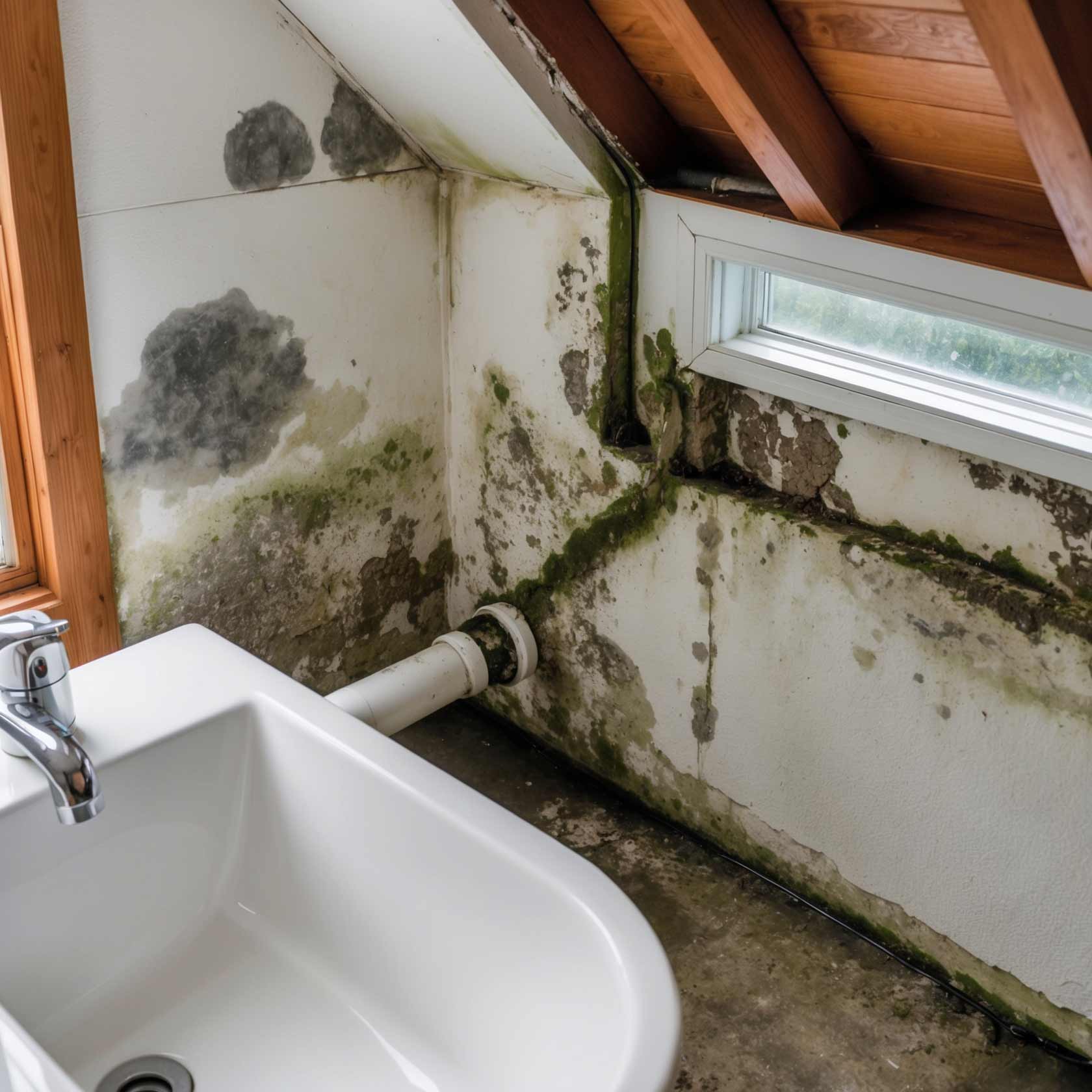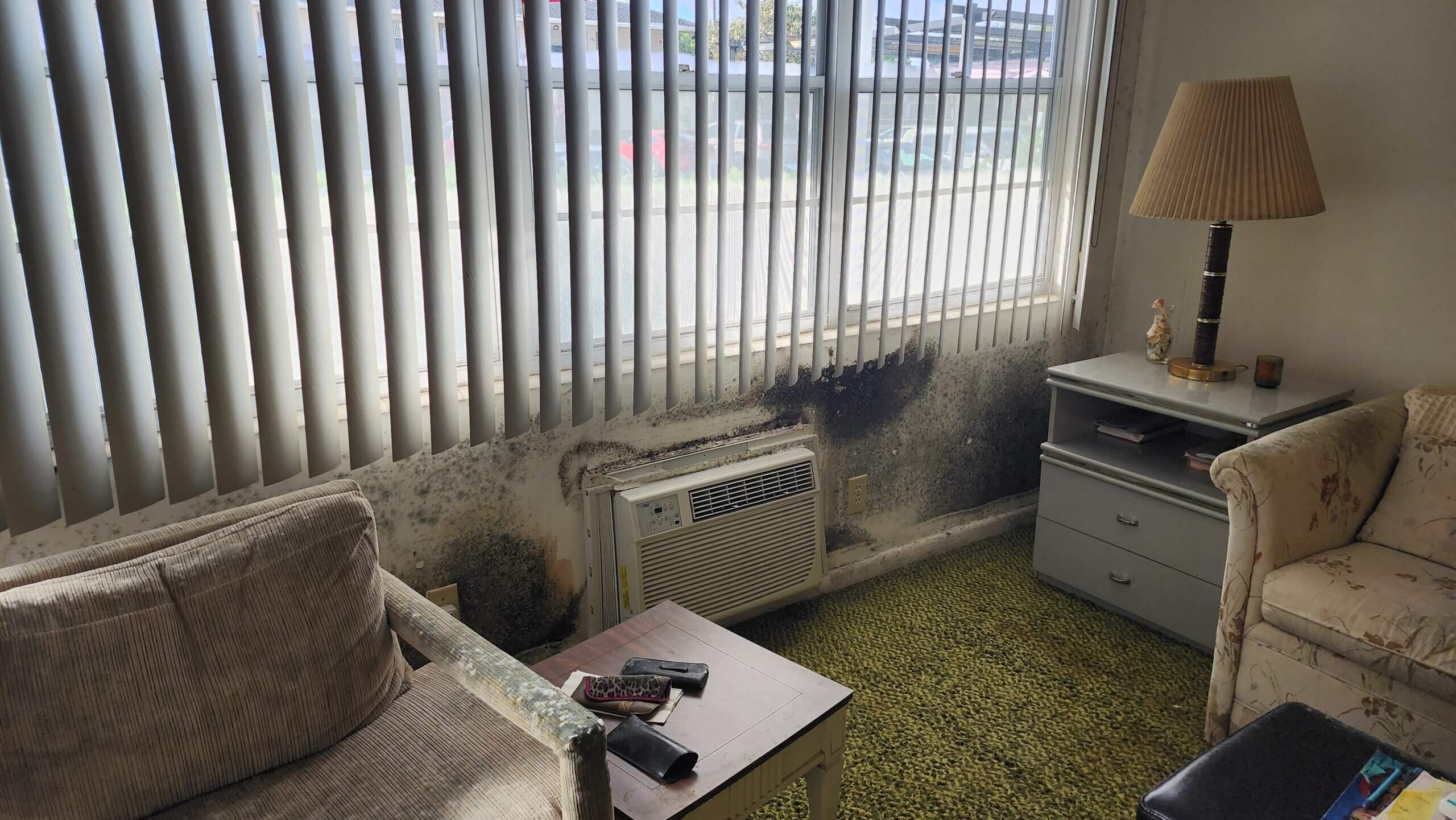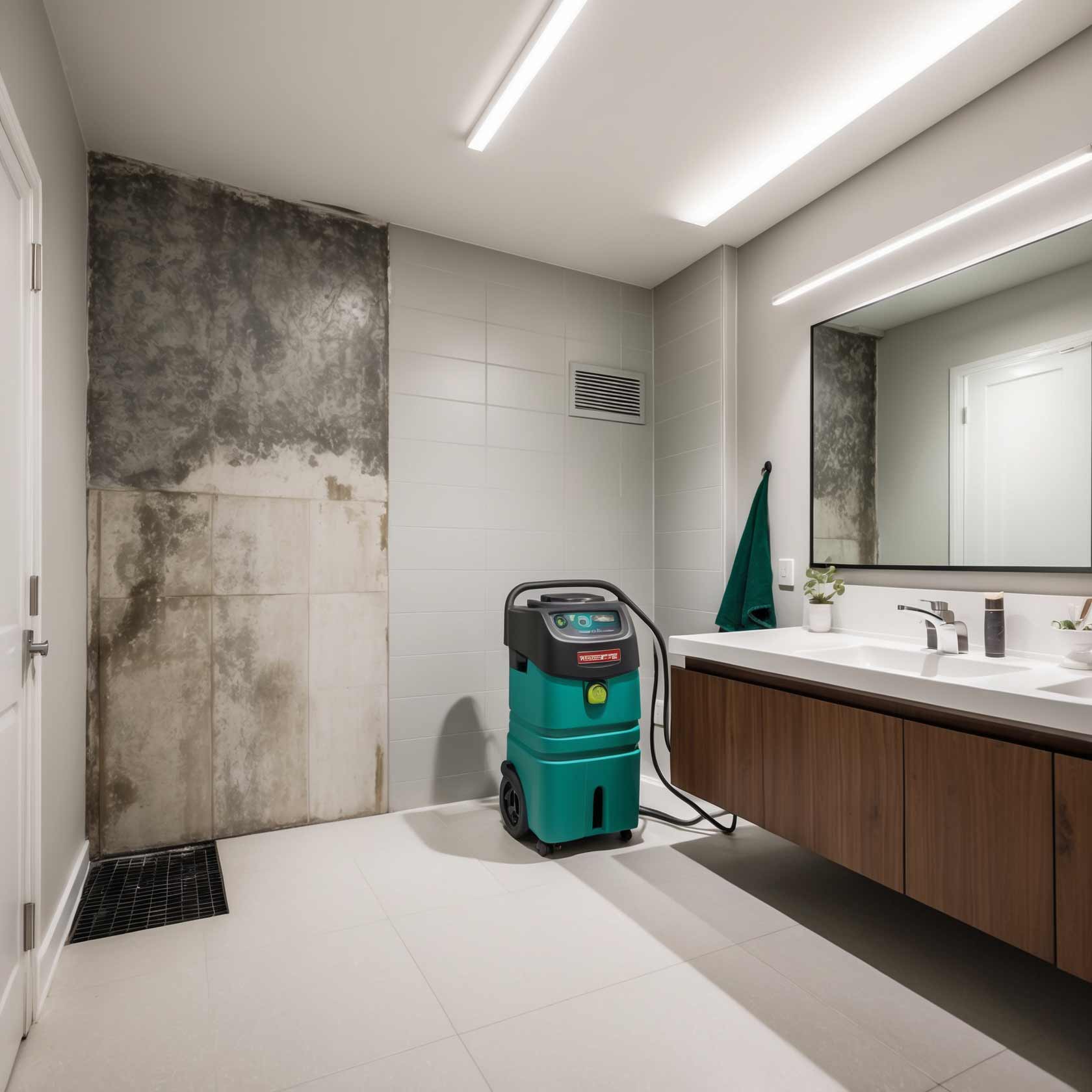Is It Worth Getting A Mold Inspection?
Introduction
When it comes mold removal specialists to maintaining a safe and healthy living environment, few issues can be as daunting as mold growth. You might wonder, "Is it worth getting a mold inspection?" This question isn't just about the immediate cost; it's about the long-term impact on your health, property value, and peace of mind. Mold can wreak havoc in your home, leading to structural damage and health complications for you and your loved ones. In this comprehensive article, we will delve deep into the world of mold inspections, examining their importance, benefits, and what you can expect from the process.
Understanding Mold and Its Risks
What is Mold?
Mold is a type of fungus that thrives in damp environments. It reproduces through spores that can easily travel through the air. These spores can enter your home through windows, doors, or even on pets. Once inside, if conditions are right—namely moisture and warmth—mold can quickly grow and multiply.
Health Risks Associated with Mold Exposure
Exposure to mold can lead to a plethora of health issues. Common symptoms include:
- Coughing
- Sneezing
- Eye irritation
- Skin rashes
- Sinus congestion
In more severe cases, mold exposure can trigger asthma attacks or lead to respiratory infections. For individuals with compromised immune systems or pre-existing respiratory conditions, the risks are even higher.
How Does Mold Grow?
Mold requires specific conditions to thrive:
Recognizing these conditions is crucial for prevention.
The Importance of Mold Inspections
Why Do You Need a Mold Inspection?
So you might ask yourself again—is it worth getting a mold inspection? The answer is an unequivocal yes if you want to ensure your home remains safe for its occupants. Here’s why:
Signs You Might Need an Inspection
If you notice any of the following signs in your home, consider scheduling a mold inspection:
- Musty odors
- Water stains on walls or ceilings
- Visible patches of mold
- Recent water damage
The Mold Inspection Process
What Happens During a Mold Inspection?
A typical mold inspection involves several key steps:
Choosing the Right Inspector
Not all inspectors are created equal! Look for qualifications such as:
- Certification from organizations like the Institute of Inspection Cleaning and Restoration Certification (IICRC)
- Experience in handling residential properties
- Positive reviews from previous clients
Cost Factors Involved in Mold Inspections
What Can You Expect to Pay?
The cost of a mold inspection varies depending on several factors:
- Size of the property
- Location
- Complexity of potential issues
On average, homeowners should anticipate spending between $300 to $600 for an inspection.
Are There Additional Costs?
If the inspector finds significant issues requiring further testing or remediation efforts, additional costs will arise:
- Remediation services can range from $500 to over $5,000 based on severity.
It's essential to factor these costs into your budget when considering whether or not to get an inspection.
DIY vs Professional Inspections
Can You Inspect for Mold Yourself?
While some homeowners might be tempted to conduct their own inspections using DIY kits available online or at hardware stores, this approach has limitations:

- DIY kits often lack comprehensive testing capabilities.
- Homeowners may misidentify molds without expert knowledge.
In short—while you can perform basic checks at home—professional inspections are generally more reliable.
Benefits of Hiring Professionals Over DIY Methods
Different Types of Molds Found in Homes
Common Indoor Molds
Understanding these molds helps homeowners recognize potential hazards during inspections.
What Happens After a Mold Inspection?
Understanding Your Report
After receiving your report from the inspector:
Remediation Processes Explained
Should your inspector find problematic molds:
Preventative Measures Against Future Mold Growth
Preventing Moisture Build-Up
To avoid future infestations:
Maintaining Proper Ventilation
Proper airflow reduces moisture levels significantly:
FAQs About Mold Inspections
What does a typical mold inspection cost?
An average cost ranges between $300-$600 depending on property size & location.
How long does an inspection take?
Typically around 1–2 hours based on house size & complexity!
Will my homeowner's insurance cover remediation?
Coverage varies by policy; check with your provider regarding specifics!
Can I stay in my house during remediation?
It depends! If extensive work is required & air quality is compromised—you should vacate temporarily!
How often should I get my house inspected?
Every few years—or after significant water damage events—to ensure ongoing safety!

Conclusion
When weighing whether “Is It Worth Getting A Mold Inspection?” it's vital not only to consider immediate costs but also long-term implications for health and property integrity! Ignoring potential hazards could lead down an expensive road filled with health risks—not worth it! Investing now pays dividends later by ensuring safety first!
In conclusion—a proactive approach towards regular evaluations coupled with effective preventive measures ensures healthy living spaces free from troublesome molds—making those inspections indispensable tools every homeowner should utilize diligently!
